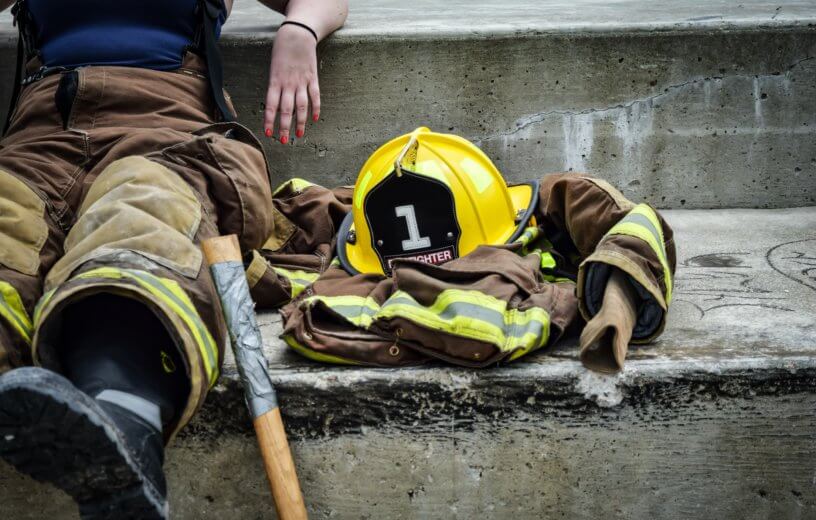
HOUSTON — By and large, the field of firefighting tends to attract men far more than women, yet the relatively few female firefighters appear to take on the majority of the stress from the job, a new study shows.
Researchers from the University of Houston found 20% of female firefighters from a large, urban fire department show post-traumatic stress disorder (PTSD) symptoms more frequently and have a higher risk of contemplating suicide than their male colleagues.
There has been little research on the mental health of female firefighters thus far. This new study took an unusual approach to the subject by evaluating data from women and men in the same fire department separately, examining their responses against each other.
“Because women are such a small number of the population in each fire station, they have been somewhat overlooked when they are included in larger studies and their unique issues are lost,” explains lead researcher Consuelo Arbona, a professor of psychology at UH, in a statement. “This study begins to explore work and mental health characteristics of women firefighters who make up a population that needs better understanding.”
One factor that appears to impact female firefighters more than men is their need to work second jobs to make ends meet.
“Women who had second jobs tended to show higher levels of stress, possibly due to having children at home. The findings indicate that this is a good area for psychologists working with the women to explore for effective intervention,” says Arbona.
Arbona and her team used data collected from 2,639 firefighters to come to their conclusions. Only 75 respondents were women. About 20% of them scored positively for PTSD, and 30% of them reported suicidal thoughts. Women with PTSD symptoms were more likely to be mid-career than in their first 10 years on the job.
According to the researchers, more firefighters died from suicide compared to those who lost their lives in the line of duty (100 versus 93, respectively). But they believe that gap could be even wider and that the current figure may represent just 40% of firefighter suicides due to underreporting.
The study was published in the journal Occupational Medicine.
